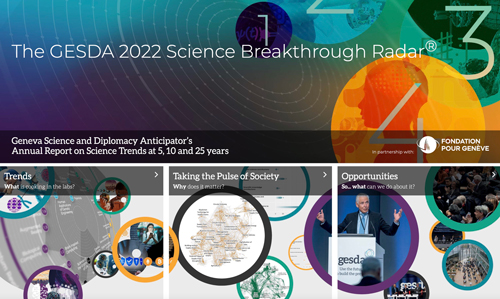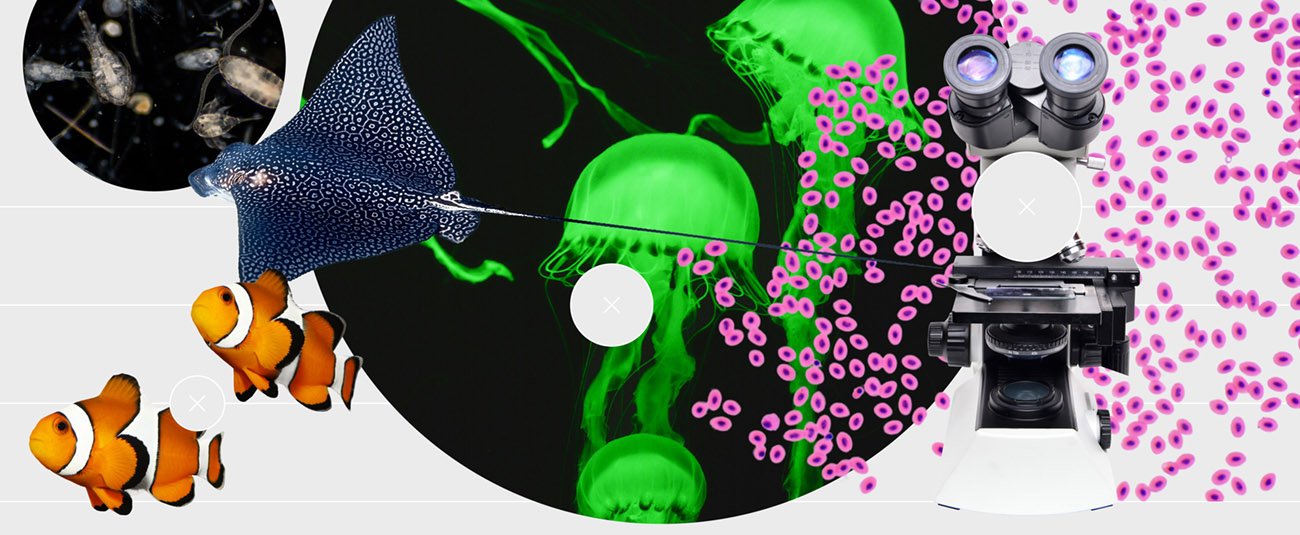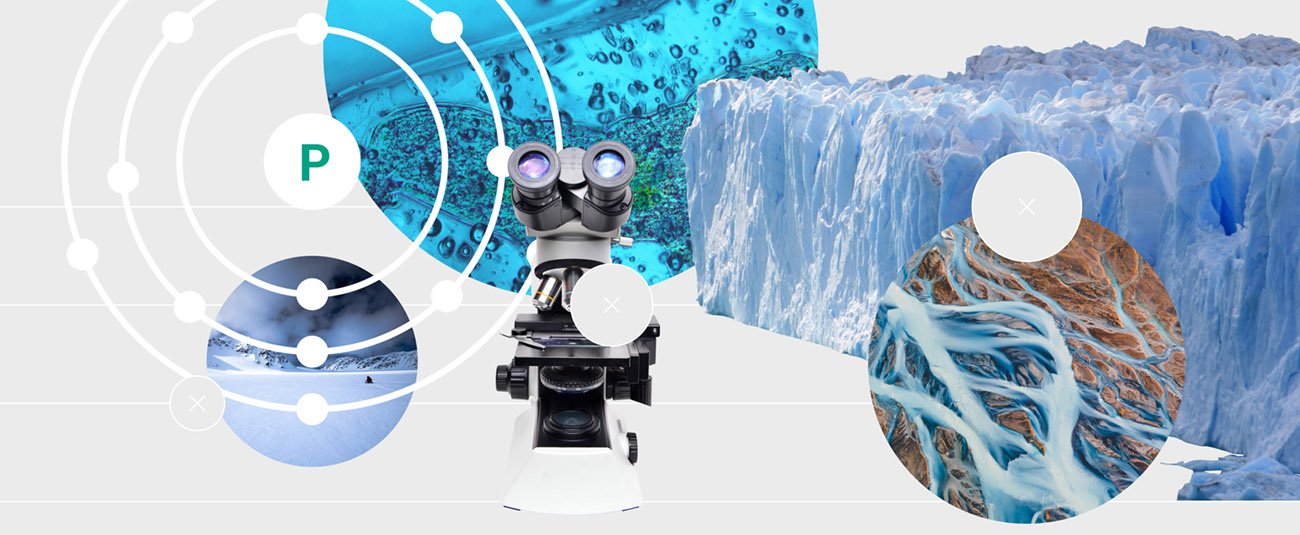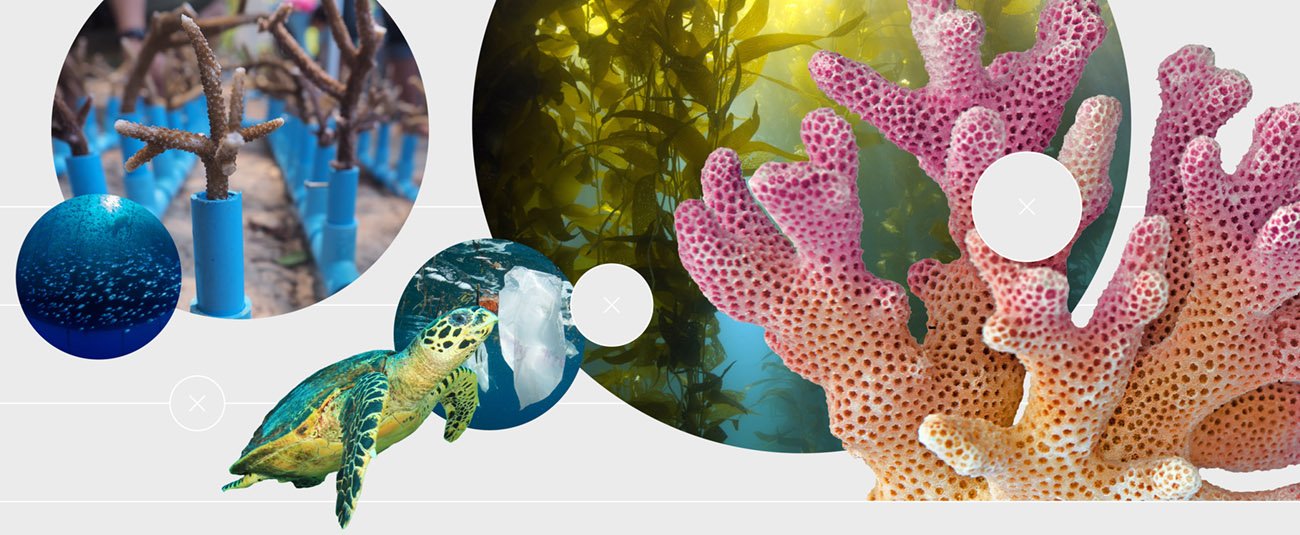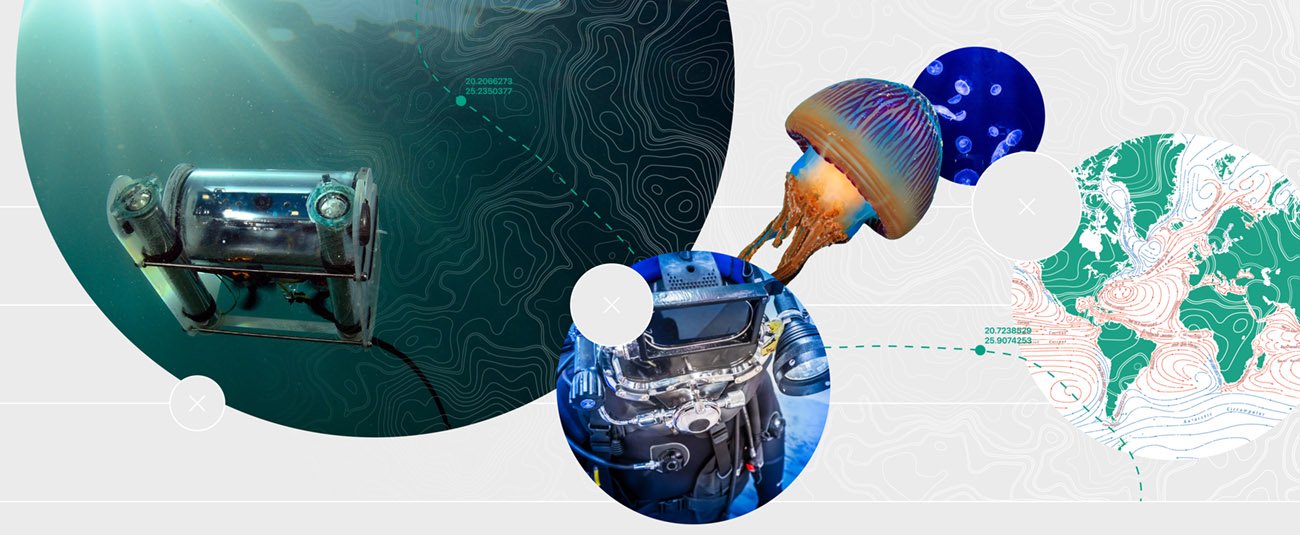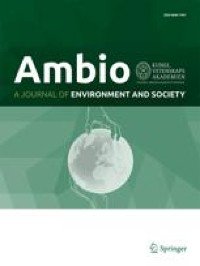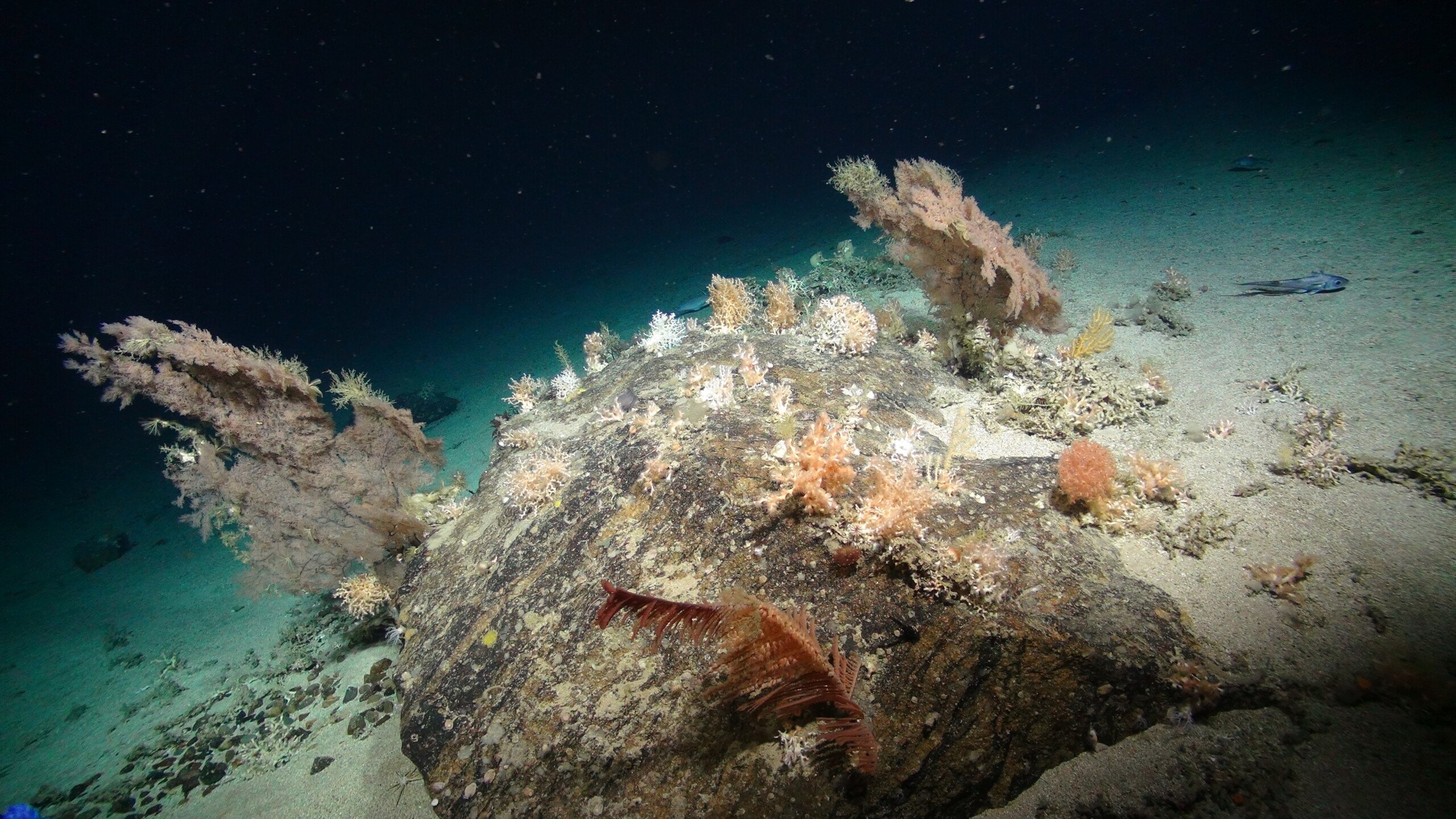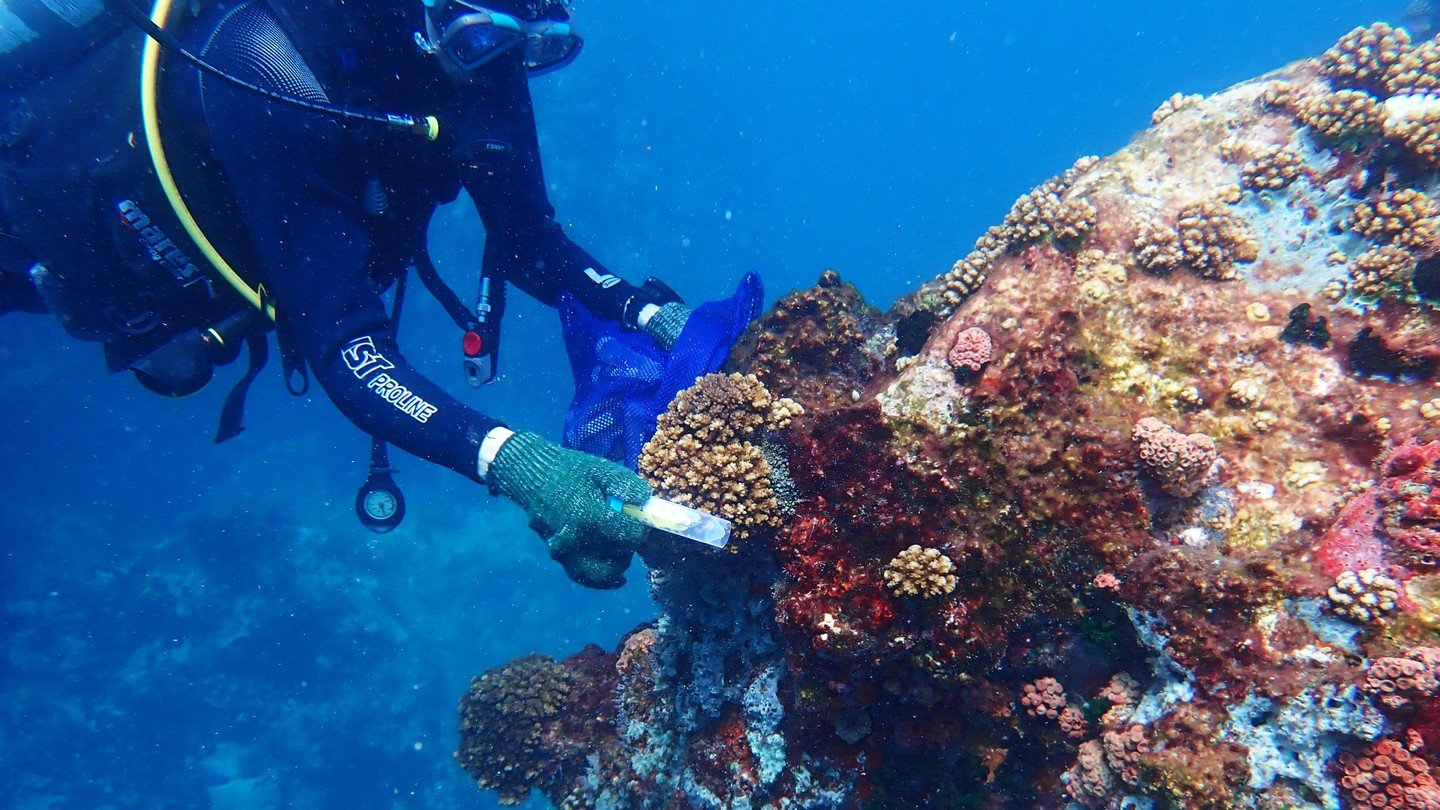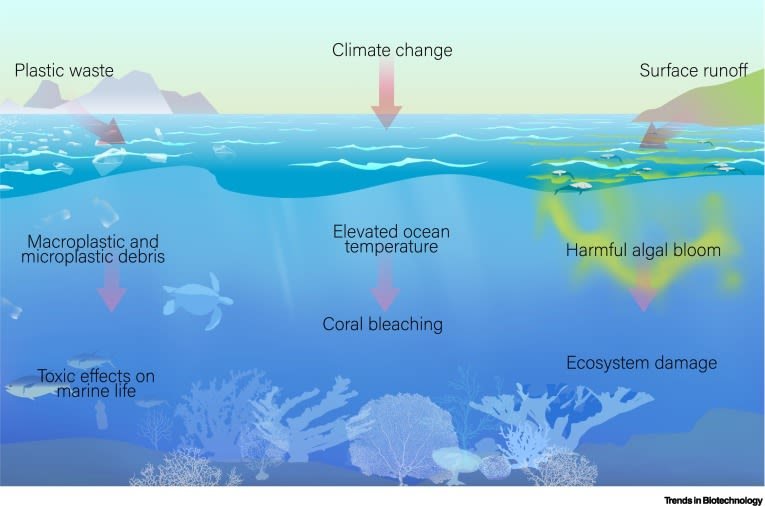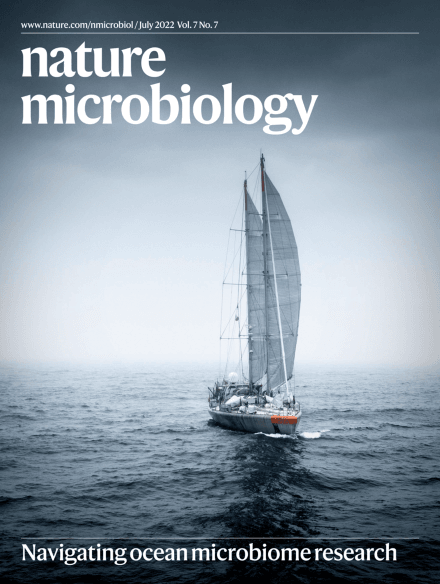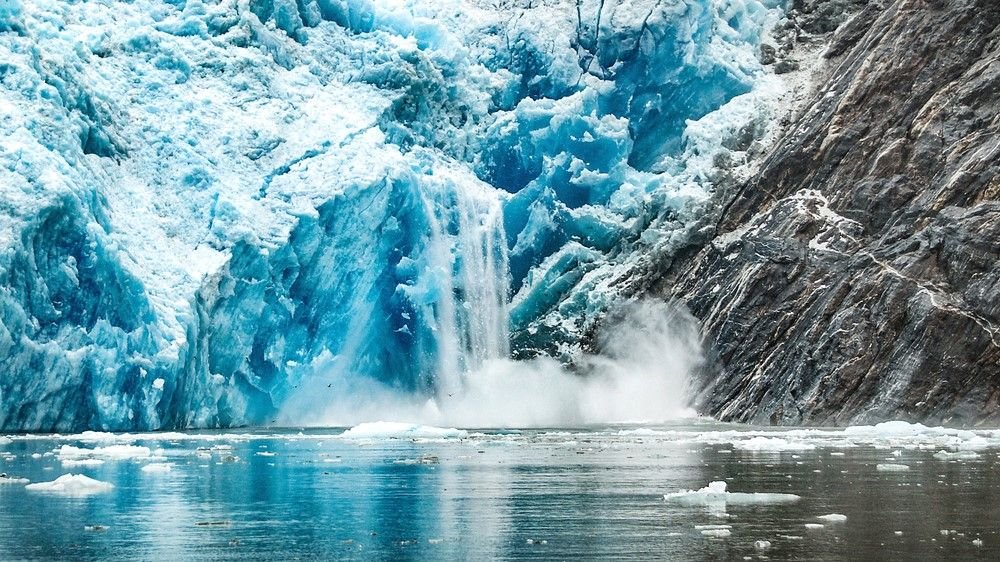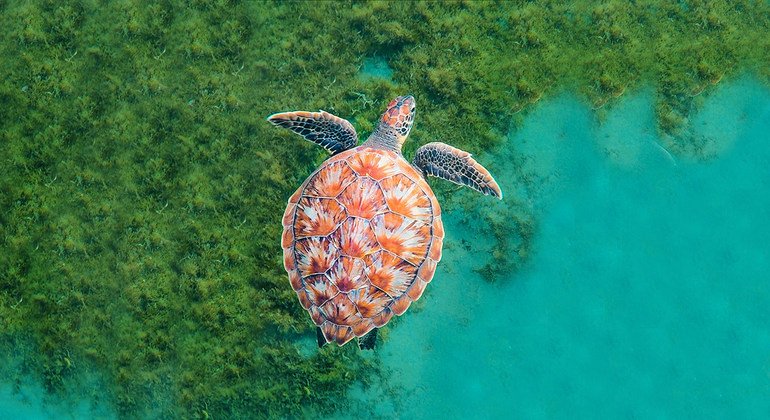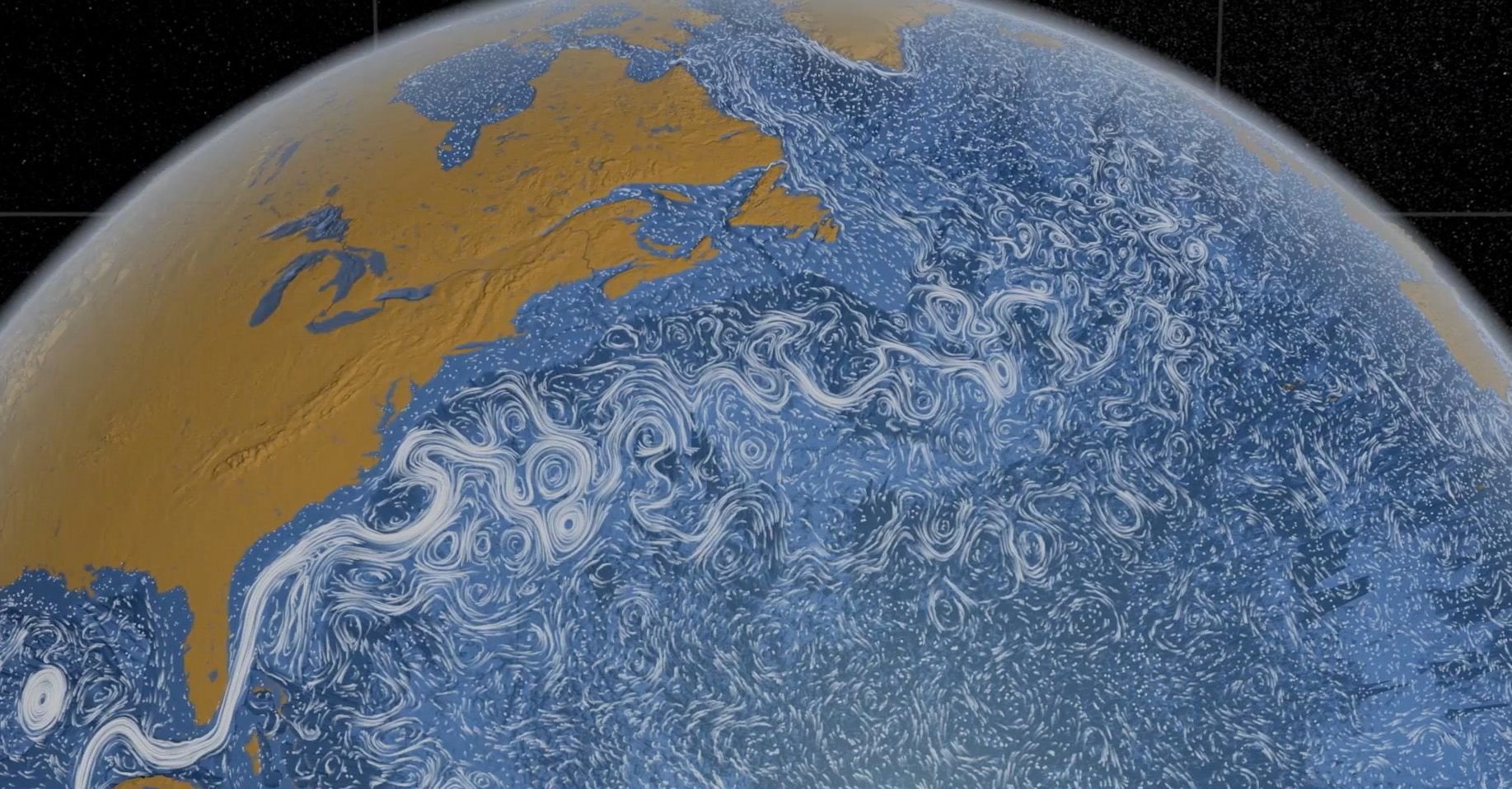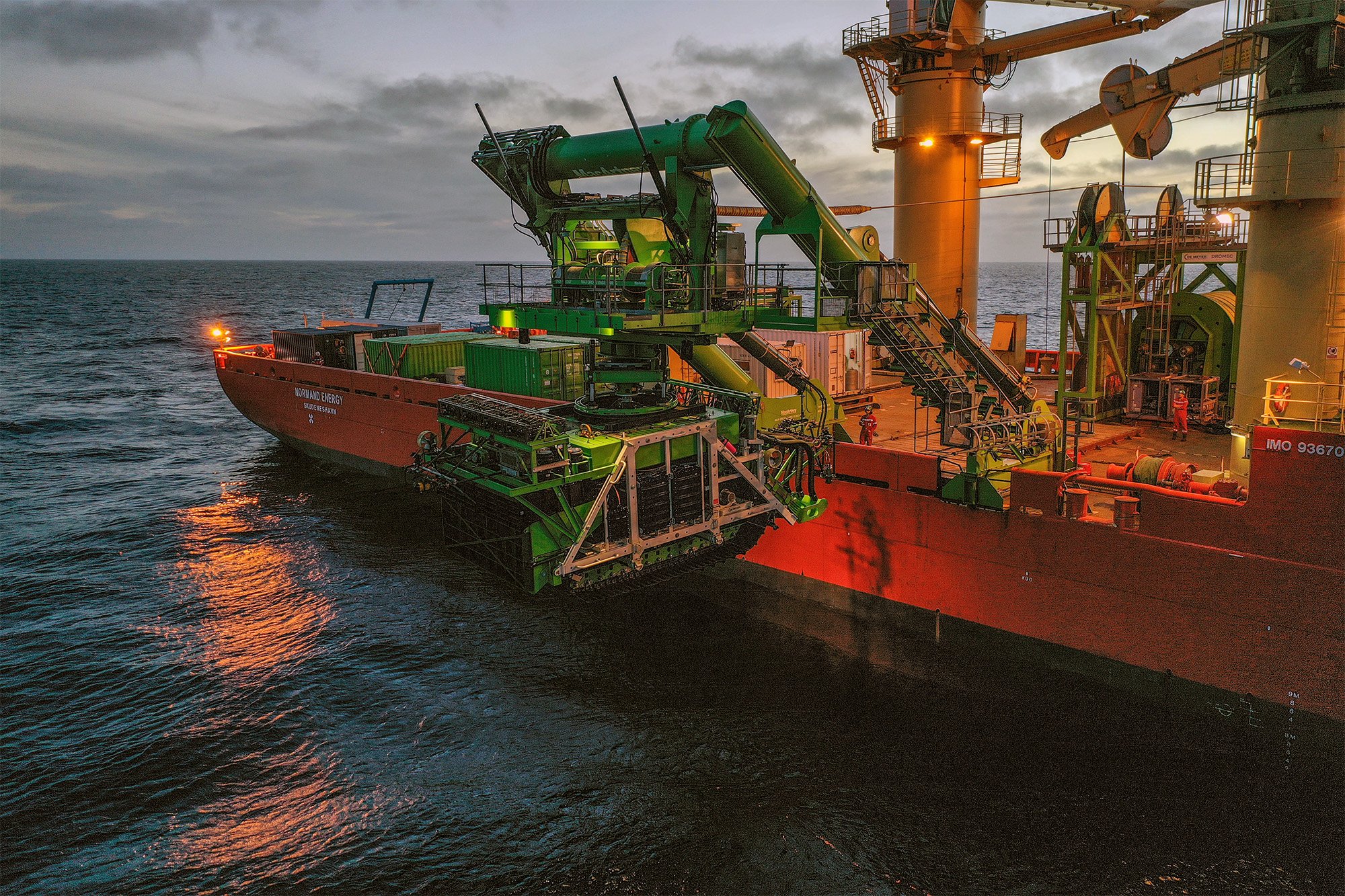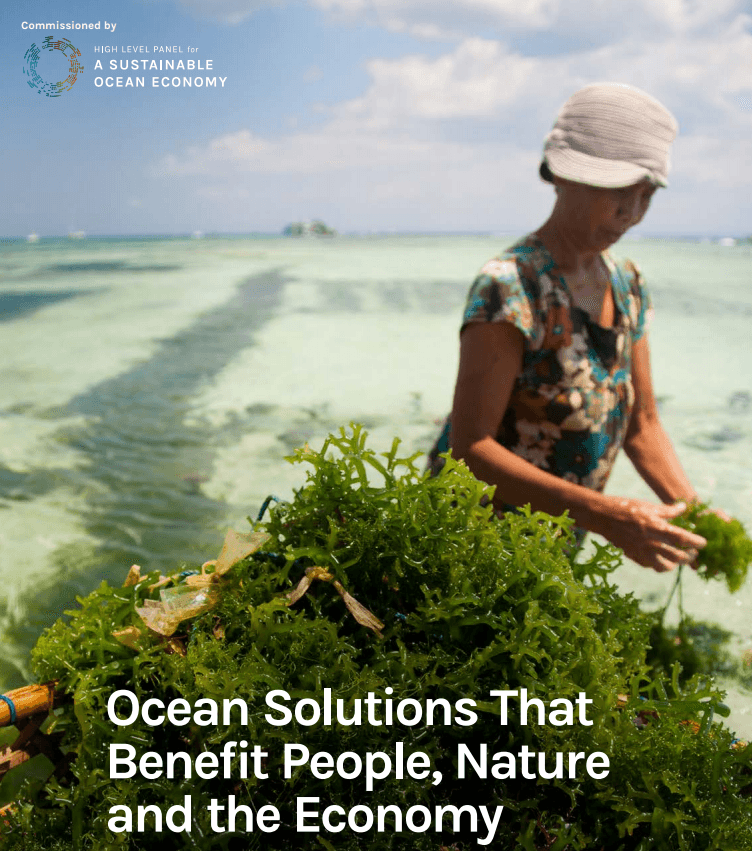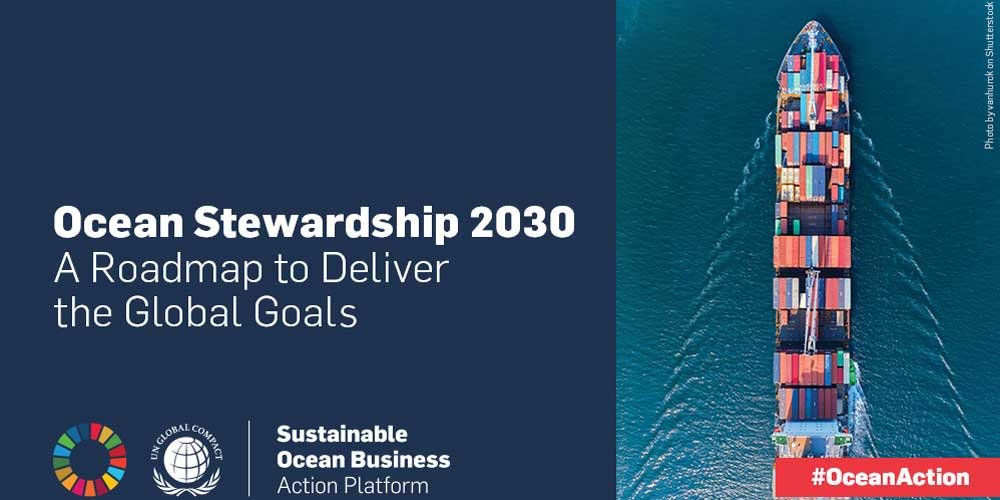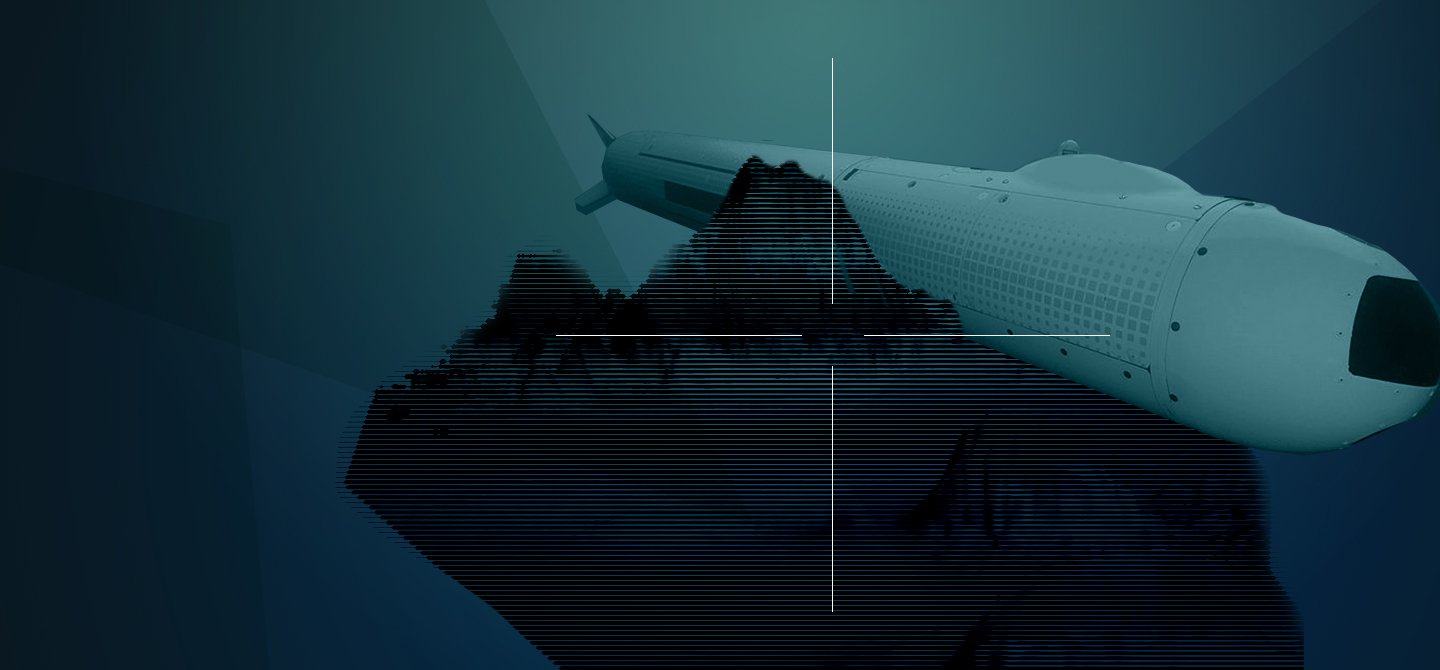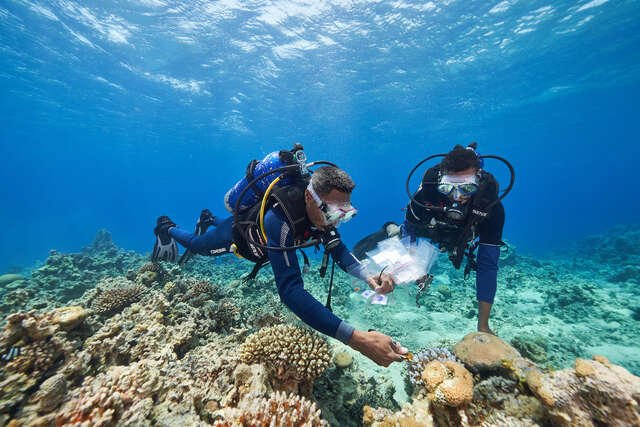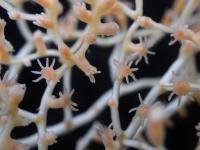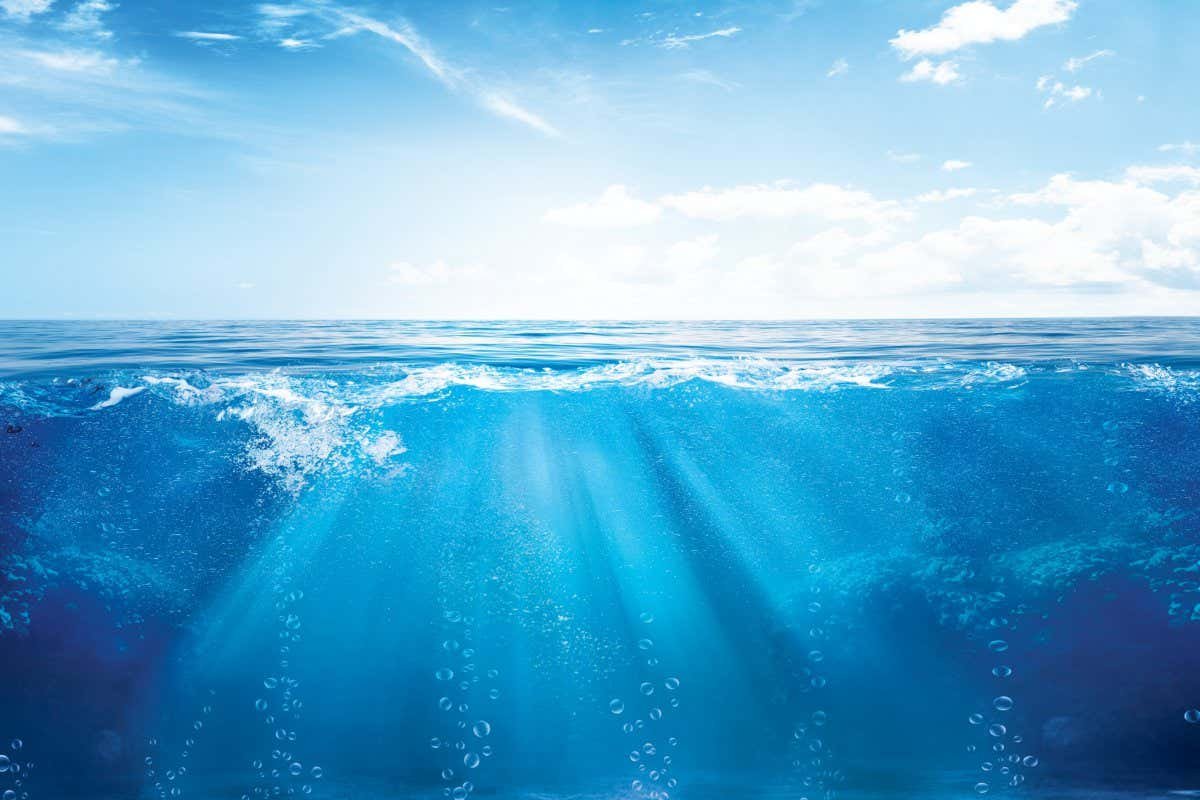While the intensity and scale of ocean uses has reached unprecedented levels and traditional ocean industries have been joined by emerging and new sectors,1 the tools and resources available to us to scientifically explore this dynamic environment are also unprecedented. Ongoing science, monitoring technology and innovations in bio-prospecting mean that we are gathering unprecedented amounts of ocean data that can be put to a wide variety of uses, from supporting conservation policy to developing exciting new biotechnology applications ranging from the development of pharmaceuticals to the creation of novel bioremediants and enzymes.
Yet despite tremendous technological advances and achievements, the ocean science and innovation landscape is highly uneven. Few countries have the capacity to observe how ocean temperatures, currents, oxygenation, sea life, and ocean plastic vary across depths and over time. At a global level, large gaps exist in understanding around these issues, and technological and resource allocation limitations are substantial hurdles. Likewise, the connection between people and the ocean — whether in small communities or megacities — is rapidly changing in many places, and is a key component of understanding changing perceptions of ocean stewardship. What is known about changes in ocean conditions and humanity’s relationship with the ocean underscores an urgent need for new paradigms of ocean stewardship alongside efforts to achieve a truly equitable and sustainable “blue economy” for the future.2,3
SELECTION OF GESDA BEST READS AND KEY REPORTS:
In October 2022, Spanish and Italian researchers published Business for ocean sustainability: Early responses of ocean governance in the private sector. The paper drew attention to the need for private sectors to match their oceanic impact awareness with actionable solutions, pushing for a sustainable blue economy transformation. In February 2023, an enlightening paper from a collaboration of Italian, French and US researchers titled Ocean Circulation from Space showcased the transformative potential of nadir radar altimeter missions. This research, which maps out dynamic ocean topography and currents from space, stresses the upcoming era of global wide-swath altimetry and emphasises the urgency for exploration in uncharted coastal and high-latitude regions. In July, a trailblazing work from the United States detailed the promising applications of synthetic biology in Harnessing synthetic biology to enhance ocean health. The article proposes innovative strategies for combatting challenges like plastic pollution, coral bleaching, and harmful algal blooms, underscoring its potential for oceanic preservation.
